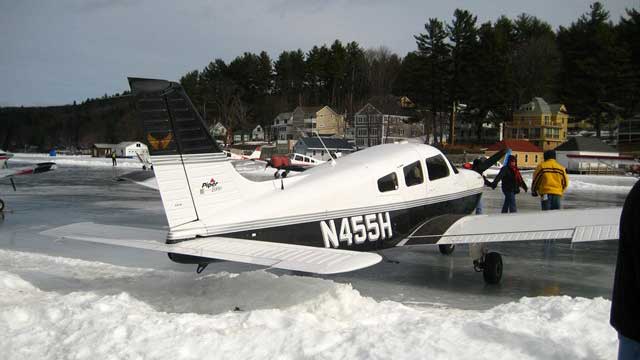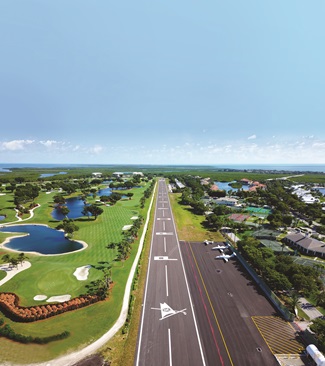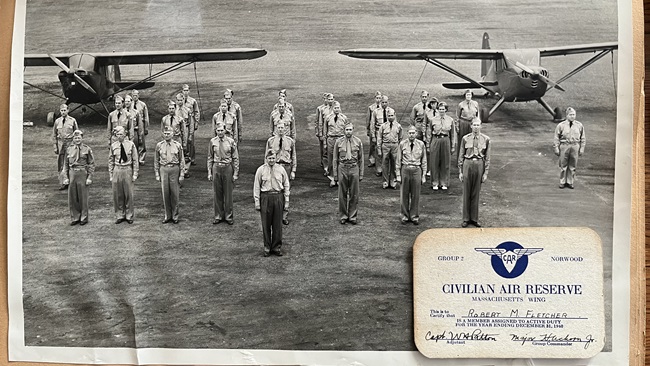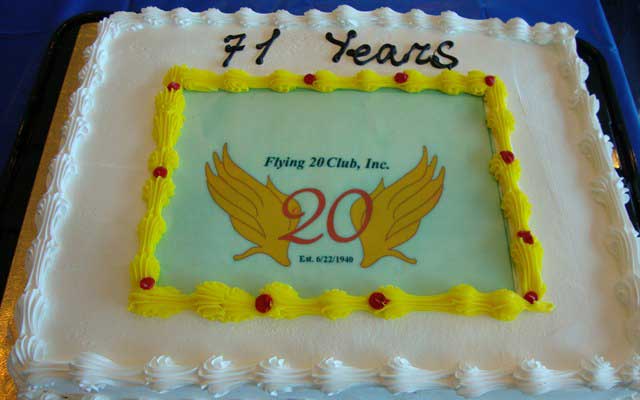
The Flying 20 Club, based in Danbury, Conn., was formed on June 22, 1940, and bills itself as “one of the oldest active clubs in the United States.” The original 20 club members each put up $20 to buy a J-2 Piper Cub for $400, recalled club secretary Gary Baluha.
The club currently has 45 active members, said Baluha. “It is a non-profit 501(c)7 incorporation. The corporation set-up was done for the typical reason of providing a corporate shield to the members,” he explained.
The club is run by a board of directors, with a president, vice president, treasurer, secretary, membership chairperson, and flight officers for each of the three airplanes, with major decisions being made by a majority vote of the membership, said Baluha.
The club has three aircraft based at Danbury Airport. It has a 1979 PA-28-236 Dakota, a 1980 PA-28-181 Archer II, and a 2000 PA-28-181 Archer III  . “They are all equipped for IFR flight with back-up electric AIs [attitude indicators] and backup electric vacuum pumps, and all have at least one Garmin 430W,” said Baluha.
. “They are all equipped for IFR flight with back-up electric AIs [attitude indicators] and backup electric vacuum pumps, and all have at least one Garmin 430W,” said Baluha.
Club members pay a $500 initiation fee and dues of $125 a month. It is considering adding a non-flying social membership, said Baluha. “The club is only open to private-pilot or above certificated pilots, but advanced flight training is available to all members by their choice of instructors, including several club-approved instructors,” said Baluha. “We have nine club-approved instructors listed, with three of them actively instructing new and existing members.”
Members can schedule aircraft at any time, including off-hours and at the last minute, making reservations through Web-based Schedule Master. The club does not have daily or weekly flight minimums, and members are billed by Tach time, as opposed to Hobbs time. Each member is permitted to take an airplane for two trips of up to two weeks each per year, and each has his/her own set of keys to the airplanes.
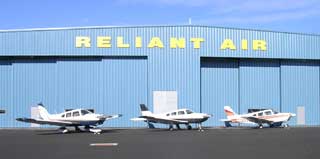 One benefit offered by the club is a “Pinch Hitter” course for spouses and significant others, said Baluha. “It was actually suggested by one of the club’s wives, who organized a group of other member wives for the first session,” he said. “It has since been an annual event offered each spring for all members’ significant others. The ground school portion is free, with the optional flight portion paid by the member.”
One benefit offered by the club is a “Pinch Hitter” course for spouses and significant others, said Baluha. “It was actually suggested by one of the club’s wives, who organized a group of other member wives for the first session,” he said. “It has since been an annual event offered each spring for all members’ significant others. The ground school portion is free, with the optional flight portion paid by the member.”
The club throws a spring social/dance that is open to all members and a guest, said Baluha. “We also host several ‘Hangar Talk’ sessions during the months of January and April on wide-ranging educational topics, including aircraft systems reviews, Garmin 430 and autopilot operations, and flying within the Washington, D.C., area,” he said.
In recent years, several members have also organized fly-outs using one or more club aircraft to destinations of interest, including Nantucket, the Mid-Atlantic Air Museum at Reading Regional Airport/Carl A. Spaatz Field, and the Piper museum at William T. Piper Memorial Airport, said Baluha. “Additionally, we have a monthly barbecue and wash-and-wax of our aircraft during the summer months.”
In advising those who want to start a club, Baluha said the most important advice is to ensure a proper set-up of club operating procedures and scheduling rules to ensure fairness for all members.
“For all clubs, it is important that the governing body remain in touch with the membership at large, and respond to changing needs, such as size and type of the aircraft fleet,” Baluha said. “But above all, it's important to remember that most of us are in aviation for personal enjoyment, and despite whatever else may happen, the safety and enjoyment of all is paramount.”
